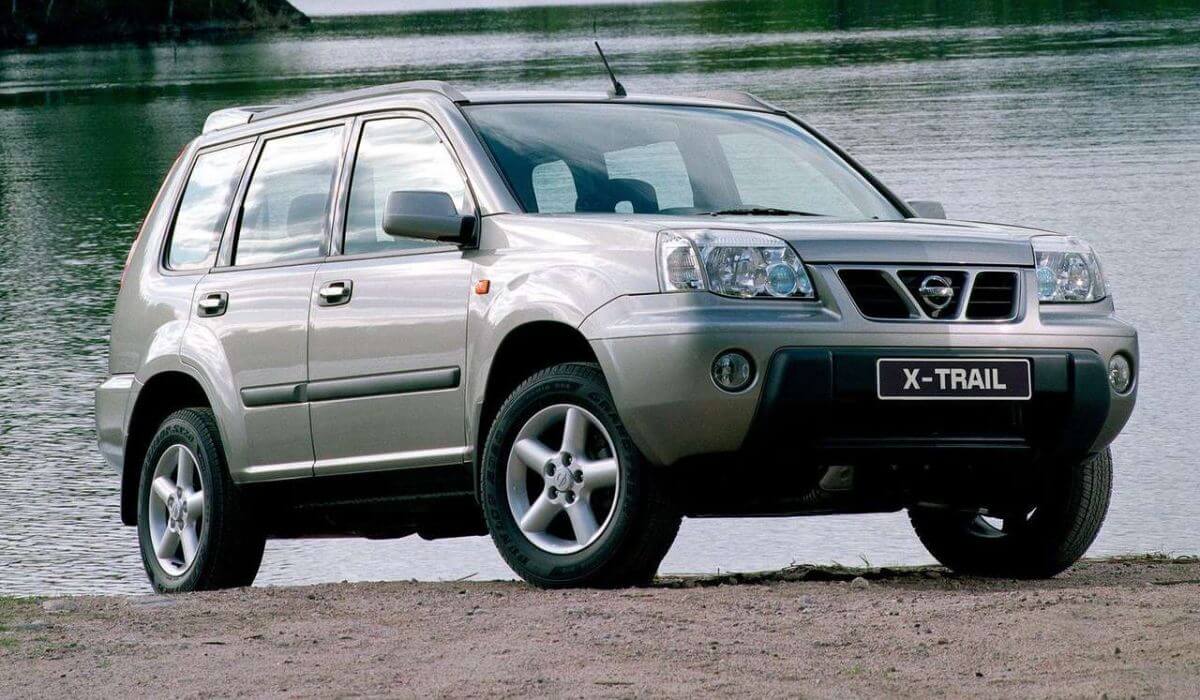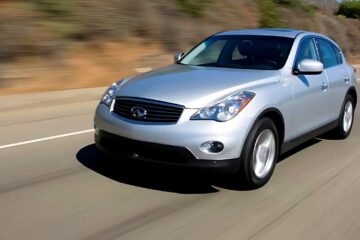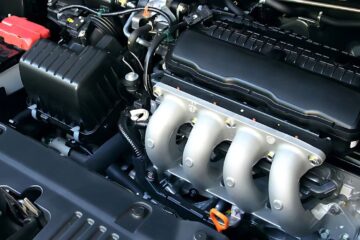Whether you want a trusty family SUV or an economical runabout, the Nissan X-Trail frequently ticks those boxes with its spacious cabin, decent off-road capability, and stylish design. However, even though it seems to be the perfect all-rounder, not every year model is ideal either. Specific models, however, have been plagued by long-term issues, including flawed CVTs, fragile electrical systems, and turbo/DPF problems in the diesel-powered versions. These aren’t mere annoyances, to be sure; some of these problems can result in expensive repairs and be quite a hassle for you down the road.
In this buyer’s guide, we’ll cover the Nissan X-Trail models you should avoid, popular trouble spots, and some of the factors that make that model year so flawed. Supported by owner reviews, expert analysis, and recall information, this article is designed to help you make an informed choice and ideally act as if you’ve “been there” all along, avoiding those “nightmare years” that dealerships often fail to mention. Let’s dive in.
Must Check: Nissan Rogue Years to Avoid (And the Safer Bets to Buy Instead)
Which X-Trail Years Should You Avoid?
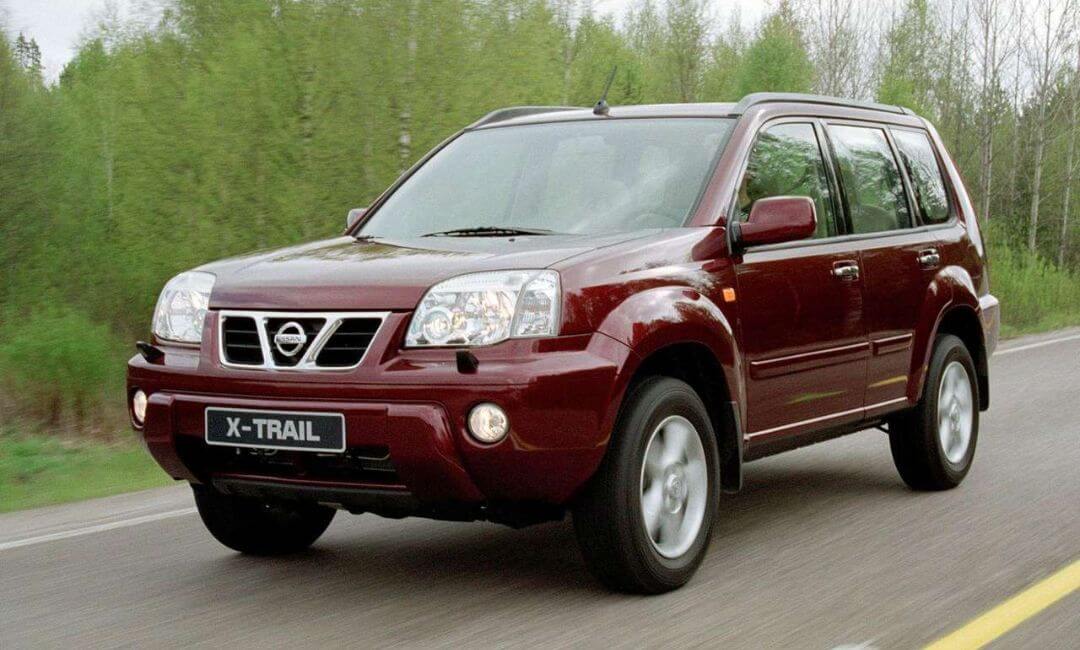
Through warranty data, owner reports, and expert reviews, several X-Trail generations stand out:
1. 2002–2003 (T30 – First Gen)
Specifications:
- Engine: 2.0L or 2.5L Gasoline
- Transmission: Manual or automatic
- Drive Type: FWD or AWD
- Power: 140–165 hp
- Fuel Efficiency: Around 10–12 km/l
Issues:
- Timing chain and tensioner problems: Can result in engine noise (often a rattle), engine stalling, or engine failure
- Gearbox Problems: Slipping, jerking, and a leak for automatic variants here and there
- Airbag Problems: Potential for inflators to malfunction and pose safety risks
- Steering Problems: Squeaky wheels, loose steering, and sometimes loss of control.
- Rust near the fuel tank: Can lead to leaks over time.
The 2002–2003 Nissan X-Trail appears to be a generic SUV, but numerous problems plague it. Engine trouble, including issues with timing chains, gear chains, and faulty gearboxes, as well as safety concerns such as brake failures and owner’s manual failures. Rust around the fuel tank is another issue with the early models.
Though it does provide good cabin space and AWD if you want it, the hazards all too frequently outweigh the rewards. Unless you come across a well-cared-for specimen with a full service history, it’s best to dodge this model year. A thorough inspection is highly recommended before purchasing anything.
2. 2005–2006 (T30 – Mid Gen)
Specifications:
- Engine: 2.0L or 2.5L gasoline
- Transmission: CVT, manual, or 4-speed automatic
- Drive Type: FWD or AWD
- Power: 140–165 hp
- Fuel Efficiency: Around 10–12 km/l
Issues:
- CVT issues: Overheating, shuddering, premature failure
- Electrical Problems: Issues with dashboard lights, instrument cluster, and sensors
- Fuel Pump Issues: May lead to engine hesitation or stalling
- AC issues: Bad climate control, Compressor issues
The 2005–2006 Nissan X-Trail is likely better in some ways than the early models, but it’s still risky to buy. These are the problem years again for CVT transmission issues, such as overheating and slipping. Additionally, electrical problems can arise, including loose dashboard lights, malfunctioning sensors, and damaged instrument panels. A few owners have also been experiencing issues with fuel pump and AC system failures, which can be costly.
Practical, roomy, and decent to drive, but flawed performers with some known niggling faults. If you’re considering a sale or purchase of this model, ensure it has a full service record and confirm that the CVT has been regularly serviced. Otherwise, you’re probably better off looking at more sure alternatives or a newer model year.
3. 2007–2012 (T31 – Second Gen)
Specifications:
- Engine: 2.0L petrol or 2.0L/2.2L gasoline
- Transmission: Manual, automatic, or CVT
- Drive Type: FWD or AWD
- Power: 138–170 hp
- Fuel Efficiency: Around 11–14 km/l
Issues:
- CVT Problems: Jerking, Stalling, Slipping, and An Early End!
- Turbo/diesel woes: DPF blockages, EGRs, and oil leaks
- Power steering recall: Defective control modules that can lose power assistance for steering
- Tailgate strut rust: The liftgate may suddenly fall
- Electrical faults: ABS light, sensor failures & A-C panel not working
The 2007-2012 Nissan X-Trail (T31) offered improved looks and diesel options, but numerous problems persisted. The CVT itself hasn’t undergone significant improvements, and it continues to be problematic, with issues including jerking and failure, as well as shared ding PF blockage, defective EGR valves, and oil leaks, which affect diesel models. A significant power steering recall also affected some examples, as did tailgate support struts that rusted and failed.
Electric gremlins — such as ABS warning lights and air conditioning failures — are also typical of the breed, according to many owners. The T31 offers a more polished look than its predecessor, but still requires a thorough inspection and a watchful eye for the vehicle’s past CVT service and diesel maintenance. When buying second-hand, steer clear of neglected or derelict trims and look for a manual to minimize the chances of a hefty repair bill.
4. 2014–2015 (T32 – Third Gen)
Specifications:
- Engine: 2.0L or 2.5L gasoline, 1.6L diesel fuel
- Transmission: CVT (most common), manual available in some markets
- Drive Type: FWD or AWD
- Power: 130–170 hp
- Fuel Efficiency: Around 12–16 km/l
Issues:
- Common CVT issues: Shuddering, overheating, no response
- Diesel engine problems: DPF blockage, EGR failures, oil and turbo leaks
- Sensor and electric glitches: Camera fail, oxygen sensor fail, AC fail
- Rust and leaks: Water may seep inside through the roof and door seals
The 2014–2015 X-Trail introduced an all-new exterior and more comfort, but mechanical issues still plagued the vehicle. The CVT is currently the weakest link, with many owners experiencing problems such as slipping, delayed acceleration, and overheating. Diesel ones come with their issues too—bloating DPF filters, EGR valves that fail, and turbos that leak are all familiar.
Electrical problems, such as camera failure, oxygen sensor failure, and a faulty air conditioning system, can increase the cost of repairs. Some users have also detected water leaks in the sunroof and door seals, which can lead to rust or electrical shorts. Newer than older, but if not properly maintained, the 2014–2015 years are still hazardous. Check service records, especially for CVT and diesel systems, when purchasing a vehicle.
5. 2010 (T31 – Early CVT Focus)
Specifications:
- Engine: 2.0L petrol or 2.0L diesel fuel
- Transmission: CVT or manual
- Drive Type: FWD or AWD
- Power: 140–170 hp
- Fuel Efficiency: Around 11–14 km/l
Issues:
- CVT transmission problems: Hesitation, vibration, and early failure
- Overheating issues: CVT and engine cooling systems are prone to failure under load
- Software glitches: Gearshift lag, and the throttle, oh man, the throttle.
- Sensor & ECU Problems: Bad measurements, warning lights, and control lagging
The 2010 Nissan X-Trail could have been a wise alternative, but this year is particularly challenging for CVT reliability. Dozens of owners reported that their cars hesitated or experienced delayed shifts when attempting to pass other vehicles on the highway or while driving uphill. These issues were frequently related to problems associated with inadequate CVT fluid checks or overheating, both of which the early T31 units often struggled to cope with.
Other models experienced ECU and sensor issues, which could cause warning lights to activate or falsely detect throttle lag. Even though the diesel and petrol engines were generally solid, those lacklustre CVTs have left many examples of this model year as basically ticking time bombs. If you’re considering a 2010 X-Trail, your best option is to find one with a manual transmission or one where it can be proven that the CVT has been regularly serviced with genuine parts.
Read More:
- Toyota FJ Cruiser Years to Avoid, and Why They’re a Pain
- Chevy Traverse Years to Avoid (And the Safer Alternatives to Choose)
- Ram EcoDiesel Years to Avoid – Drivers Regret Buying These 3.0L Models
Why These Model Years Stumbled
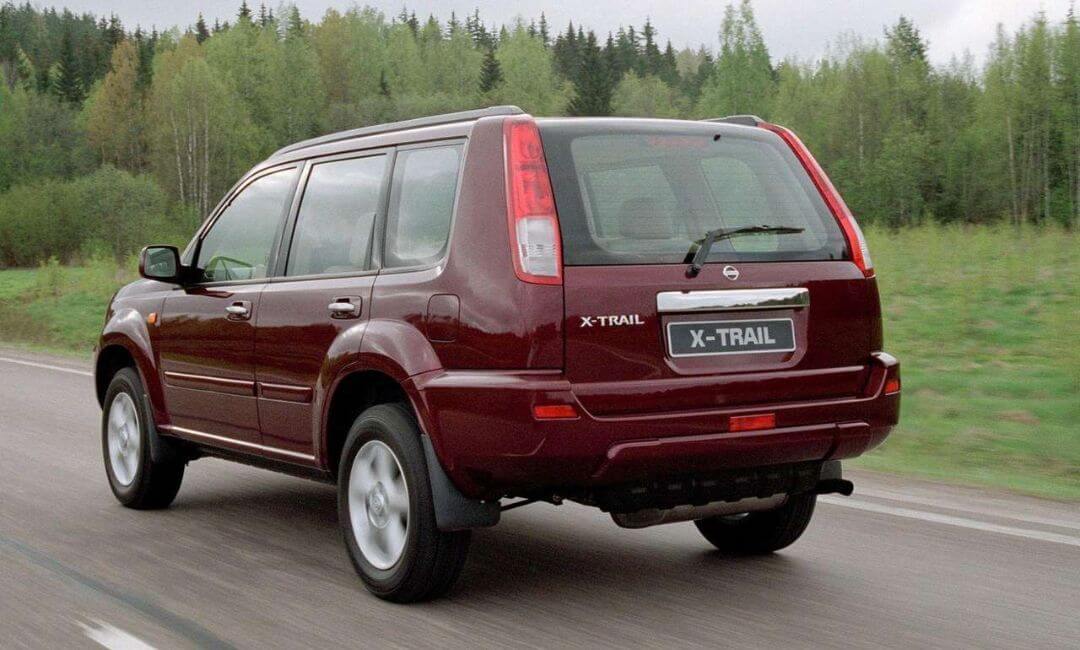
The notorious reputation of some Nissan X-Trail model years can be attributed to a convergence of engineering shortcuts, cost-cutting measures by bean counters, and complex technology that was prematurely introduced. One culprit was the rapid introduction of the Jatco CVT from Nissan, which began in 2005.
Heralded as offering a smooth shift and better fuel economy, the CVT wasn’t as dependable as other transmissions, and that cost owners if they tried to sell the vehicle. They had no idea that CVT fluid and filters were to be changed every 40,000 to 60,000 km. If it wasn’t done, the transmission was prone to too much heat, shuddering, or simply tearing itself apart, costing drivers thousands in repairs.
A third was in cost savings in electricals. Poor insulation, faulty connectors, and a lack of protective grease were responsible for a series of recurring issues with ABS systems, sensor failures, and the infotainment cameras that stopped functioning. This even made newer models seem flimsy. In urban stop-start situations, turbo diesel models were prone to DPF blocking and EGR valve failure due to their sensitive emissions systems.
Lastly, airbag inflators, as well as steering control units and tailgate struts related to safety recalls, reveal a failure in quality control — more specifically, a lack of quality control implementation during the early 2000s production run. The X-Trail has much to offer; however, these failings reinforce why later model years should be passed unless you can verify that routine maintenance and factory recall work have been performed.
Alternatives Worth Considering
If you’re into the X-Trail but not the hassle, there are wiser choices. Manual or conventional Automatic X-Trail models, particularly the early T30 with QR20 or QR25 engines, are known to be stronger and have more straightforward mechanics. These editions completely bypass the CVT, which mitigates its long-term risk and low-cost maintenance.
Outside the gates of Nissan, competitors like the Honda CR-V, Toyota RAV4, and Kia Sportage generally earn higher marks for reliability. Although they may be more expensive initially, they’re usually easier to maintain and hold their value better. Both offer excellent resale, good engines, and fewer concerns in the area of transmissions, making them worth considering if you’re interested in peace of mind without sacrificing versatility and comfort.
Final Recommendations
- Avoid 2002–2003 T30 models unless you’re ready for major repairs
- Always check CVT service history—fluid/filter changes every 40–60k km
- Diesel buyers: check DPF and turbo condition
- Confirm all recalls are completed before buying
- Choose safer trims: manuals, standard auto
- Automatics, non-CVT petrol (QR20DE)
- Expect minor electrical issues in older models—plan ahead
- Stick to well-maintained, non-CVT trims for the best long-term ownership experience
Sources:
- Nissan X-Trail Owner Reports – CarComplaints.com
- X-Trail Forums – NissanForums.com and XTrailTalk.com
- Recall Data – National Highway Traffic Safety Administration (NHTSA)
- Consumer Reviews – Edmunds.com, CarsGuide.com.au, and Drive.com.au

